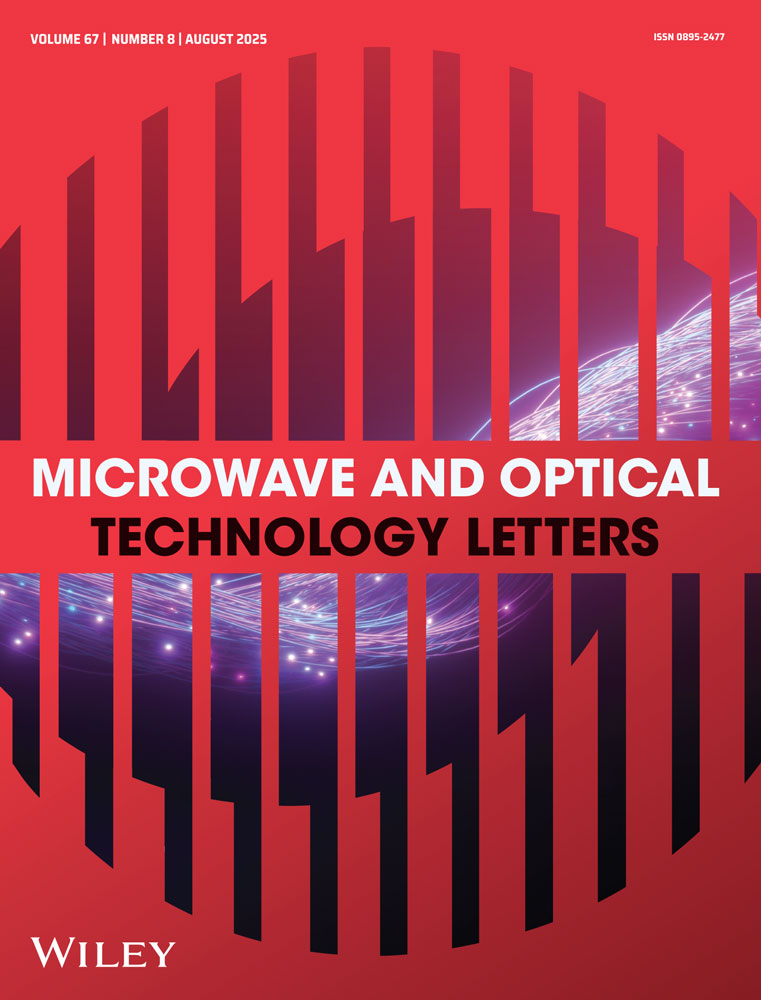Application of the high-order symplectic FDTD scheme to the curved three-dimensional perfectly conducting objects
Abstract
A high-order symplectic finite-difference time-domain (SFDTD) scheme using the diagonal split-cell model is presented to analyze electromagnetic scattering of the curved three-dimensional perfectly conducting objects. On the one hand, for the undistorted cells, the fourth-order accurate spatial difference is employed. On the other hand, for the completely distorted cells, the treatment of the curved surfaces is based on the diagonal split-cell model. Finally, for the partially distorted cells, the interpolation strategy is proposed to keep the field components continuous. The numerical experiments suggest that the diagonal SFDTD scheme can obtain more accurate results than both the staircased SFDTD scheme and the traditional diagonal FDTD method. Furthermore, in view of the high numerical stability, the improved symplectic scheme does not need to decrease time increment to comply with the stability criterion. © 2007 Wiley Periodicals, Inc. Microwave Opt Technol Lett 49: 931–934, 2007; Published online in Wiley InterScience (www.interscience.wiley.com). DOI 10.1002/mop.22306




